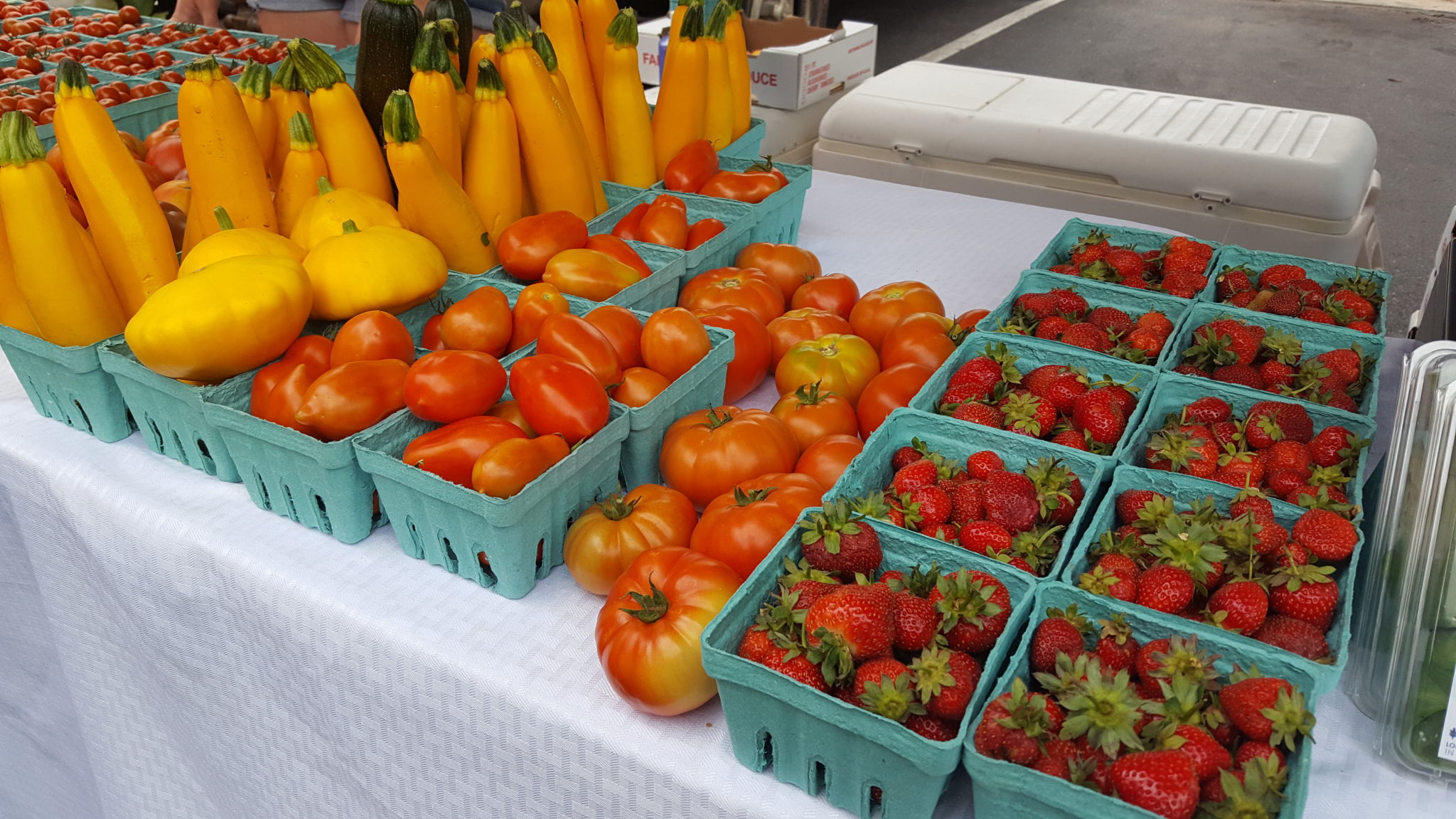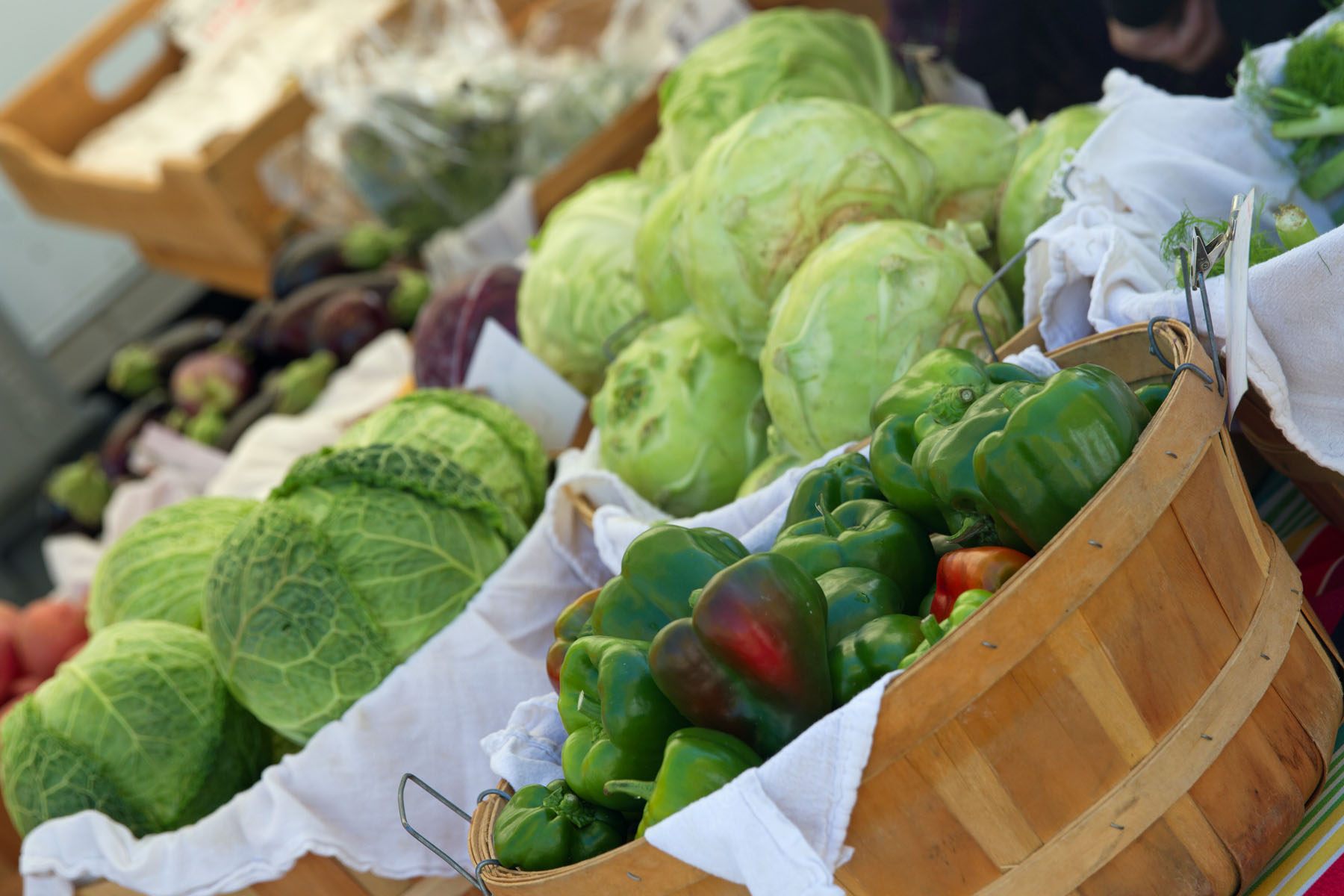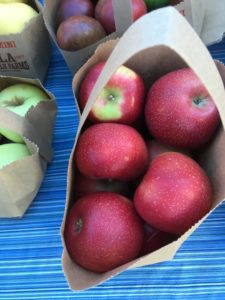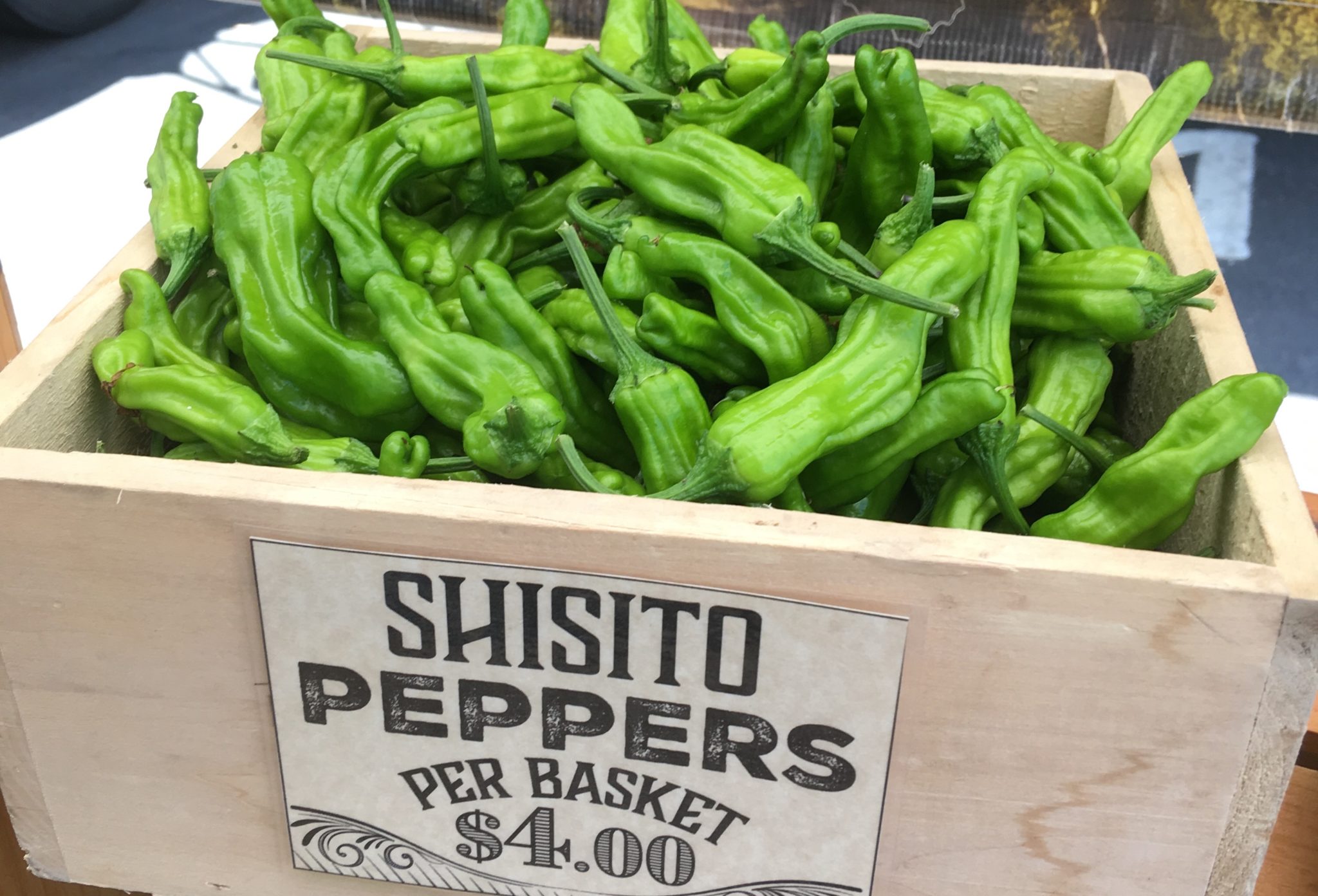
It’s feeling like spring in Colorado, and that means farmers’ market season is just around the corner. With all the current uncertainty though, some may be wondering – will there even be farmers’ markets this year? The good news is that many markets are planning to open on their usual dates, however, like so many other aspects of life right now, the structure may need to be a little different.
Even though there is no evidence that food or food packaging is involved with the spread of the SARS-CoV-2 virus, farmers’ market managers and growers will be proactively taking extra precautions to protect everyone’s health. The safety of customers, vendors and employees is a top priority of markets. To promote everyone’s well-being, socializing will not be encouraged as it has been in previous years.
Changes to expect
Farmers’ markets are known for being lively gathering spots where community members congregate and enjoy one another’s company. This year, people will again have the unique opportunity to buy fresh food products from vendors they have come to know through the years. However, social distancing, wider spacing between booths, face coverings and food sampling restrictions may be necessary to protect the safety of everyone at the markets.
To minimize contact, produce may also need to be pre-boxed or pre-bagged. In some locations, there might be an option to place orders online ahead of time. Reach out to local markets and farmers (many have websites and social media pages) to find out about market scheduling, safety protocols and ordering options.

Being a good farmers’ market citizen
The U.S. Department of Agriculture’s MyPlate provides these recommendations: Make half your plate fruits and vegetables, focus on whole fruits, and vary your veggies. Farmers’ markets have the potential to help reach these goals. The number of farmers’ markets have more than doubled in the last two decades, and fresh markets have been identified as critical sites for increasing food access in many communities.
 CSU Extension has a multi-disciplinary team working on produce safety. Professor Marisa Bunning and Extension Specialist Elisa Shackelton of the Department of Food Science and Human Nutrition, as well as CSU Extension Regional Specialists Martha Sullins and Cristy Dice, say that market managers and vendors will be doing their part this year to ensure people have access to fresh and delicious local foods. As customers, people also have an essential role to play in protecting the health of fellow market-goers and local communities. Here are a couple of tips:
CSU Extension has a multi-disciplinary team working on produce safety. Professor Marisa Bunning and Extension Specialist Elisa Shackelton of the Department of Food Science and Human Nutrition, as well as CSU Extension Regional Specialists Martha Sullins and Cristy Dice, say that market managers and vendors will be doing their part this year to ensure people have access to fresh and delicious local foods. As customers, people also have an essential role to play in protecting the health of fellow market-goers and local communities. Here are a couple of tips:
Be more mindful of your own safety and hygiene. Coming to the market in good health, with clean hands, and avoiding touching your face while there, are always good practices. Whether there are spacing marcations or not, respect the guidelines of six feet, even if you do not see signs. Also wear a face covering, if recommended.
Only touch what you will buy. If produce comes pre-boxed, be understanding. If the box contains something you have not tasted or cooked with before, embrace the opportunity to try something new!
If available, consider purchasing extra produce for making salsa, pickles, or jam to enjoy next winter and help support farmers during this difficult time.
During a time when many feel isolated, shopping at farmers’ markets allows people to help foster community by supporting local agriculture and sustaining the market. Local growers are a key part of our communities, and they work long hours to provide high-quality produce, meat, dairy and grain products. This year presents extra challenges to many growers and food producers – restaurant orders are lower, labor is harder to find, they have to provide protective equipment for employees and adopt new precautionary measures, among other issues. Choosing to purchase local foods helps support the market and these key members of our community.

Helpful resources
The supply chain from Colorado farms to markets is shorter than many food chains, meaning food at local markets has traveled a shorter distance and likely been handled less. Of course – as always – it is important to handle produce safely at home and always rinse before using. From berries to leafy greens to melons, CSU Extension provides guidelines for handling different types of produce.
Check CSU Extension’s mobile-friendly website, Preserve Smart, for ideas on how to preserve fresh produce by canning, freezing, pickling or dehydrating. Colorado’s elevation presents special challenges when canning because of its lower atmospheric pressure. Preserve Smart enables users to determine and enter their kitchen’s elevation, which then highlights the processing instructions for their elevation within every recipe on the site. Users can explore a variety of tested preservation processes available for 56 different types of fruits vegetables.
For more than 35 years, the Colorado Department of Agriculture has been providing the Farm Fresh Directory, a guide to farmers’ markets and roadside stands across the state.